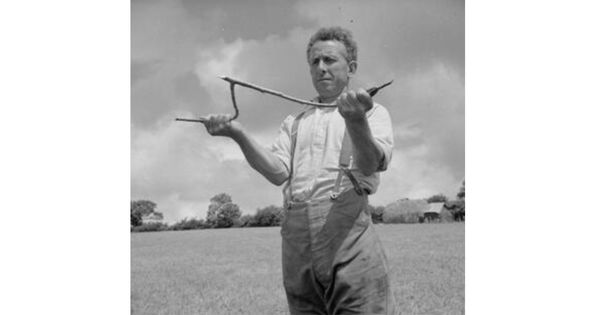
Have you ever come across an object that left you completely puzzled? Something that seemed both familiar and strange at the same time? It’s a common experience, especially as we age and witness the rapid changes taking place around us.
I remember my grandmother, bless her soul, often sharing stories about things she used in her youth. She would show us peculiar instruments and trinkets that no one else in the family could recognize. I often wondered if I’d find myself in the same situation one day, struggling to make sense of the objects of my past.
This sense of nostalgia and curiosity is what makes “what’s this?” articles so popular online. People share pictures of mysterious objects, hoping to discover their true purpose and origin. And recently, there’s been one such object that has left many scratching their heads.

When I first stumbled upon a photo of this peculiar tool, I had no clue what it was. At first glance, it appeared to be an ordinary tree branch with a V shape. But little did I know, it had a fascinating history dating back to the 1500s and was used for a practice known as “Water Dowsing.”
Water dowsing has been around for centuries and is also referred to by other names such as “divining,” “doodlebugging,” “well witching,” or “water-finding.” And its main purpose? To locate water sources!
To use this tool, an individual would hold the branches of the stick in their hands with their palms facing upwards. The stem of the V, where the two rods meet, is tilted towards the Earth at a 45-degree angle. The user then walks back and forth, searching for vibrations at the bottom of the V, which supposedly indicate the presence of water hidden beneath the surface.
Interestingly, the same method was initially used to find metals in the ground during the 1500s. However, people later adapted it to locate water sources, especially for those living in rural areas.





